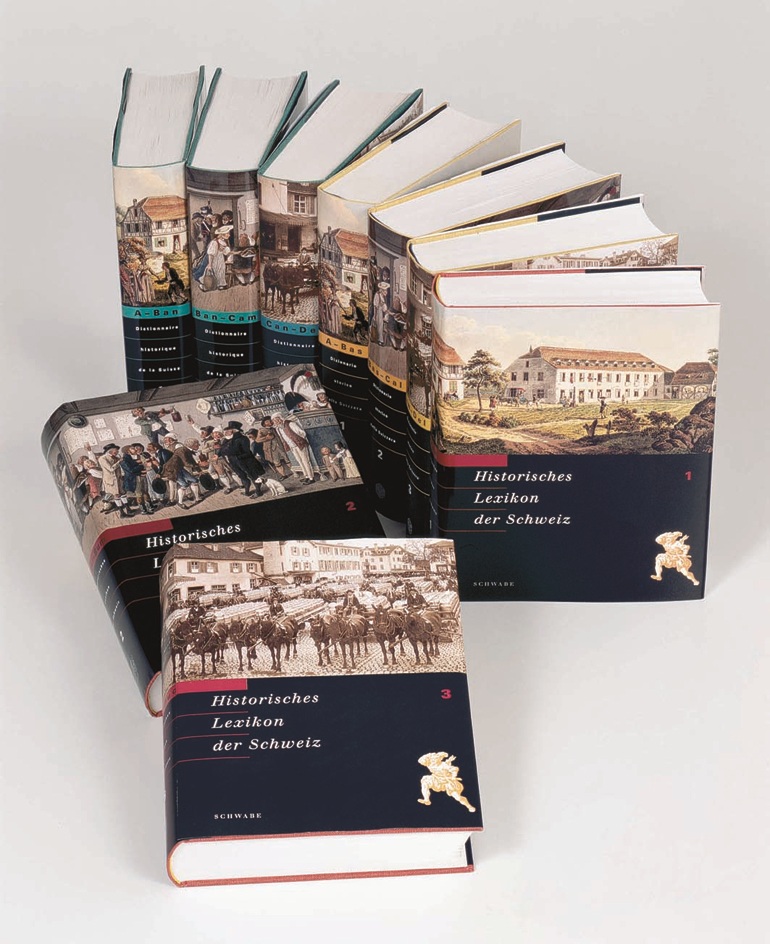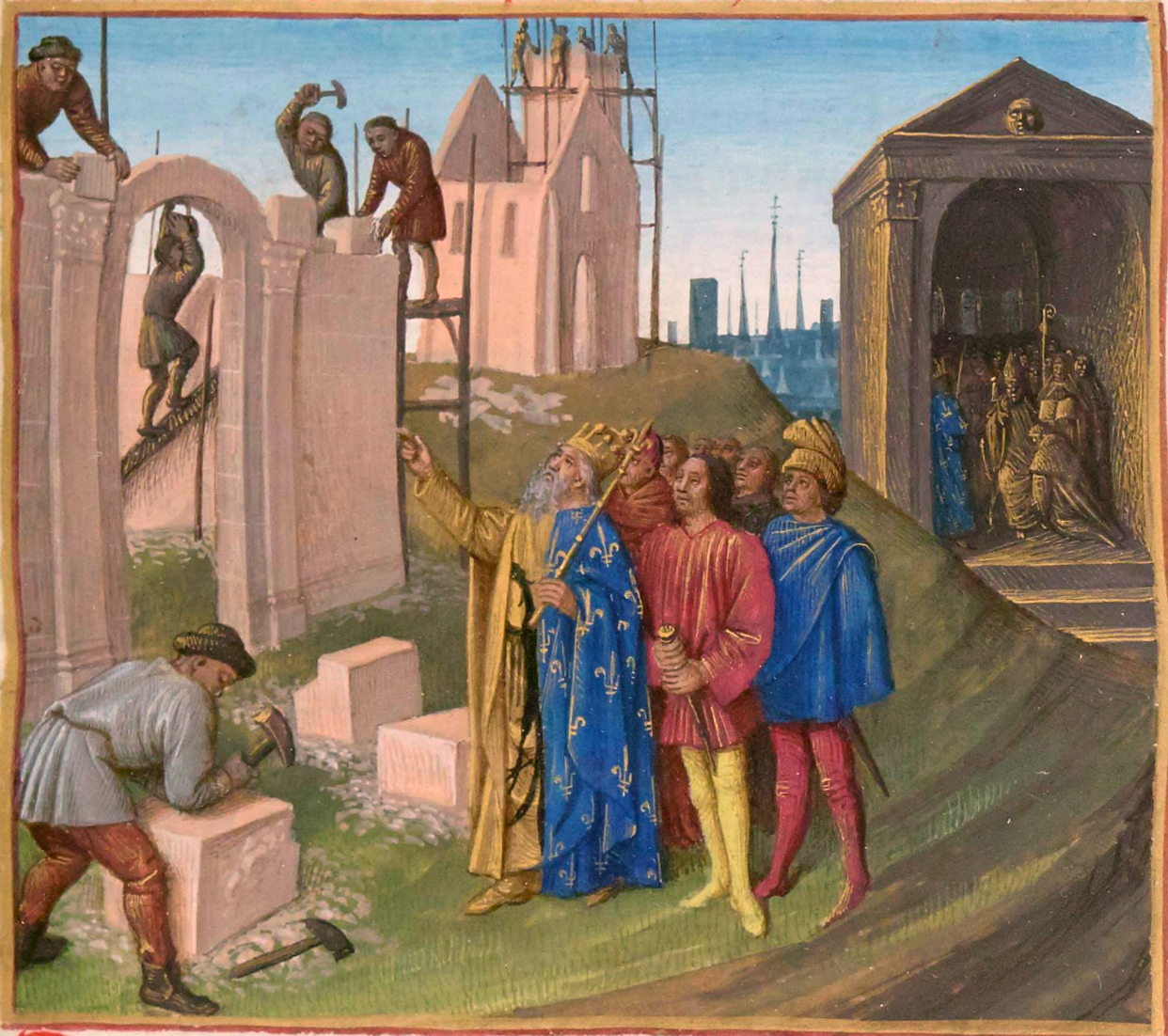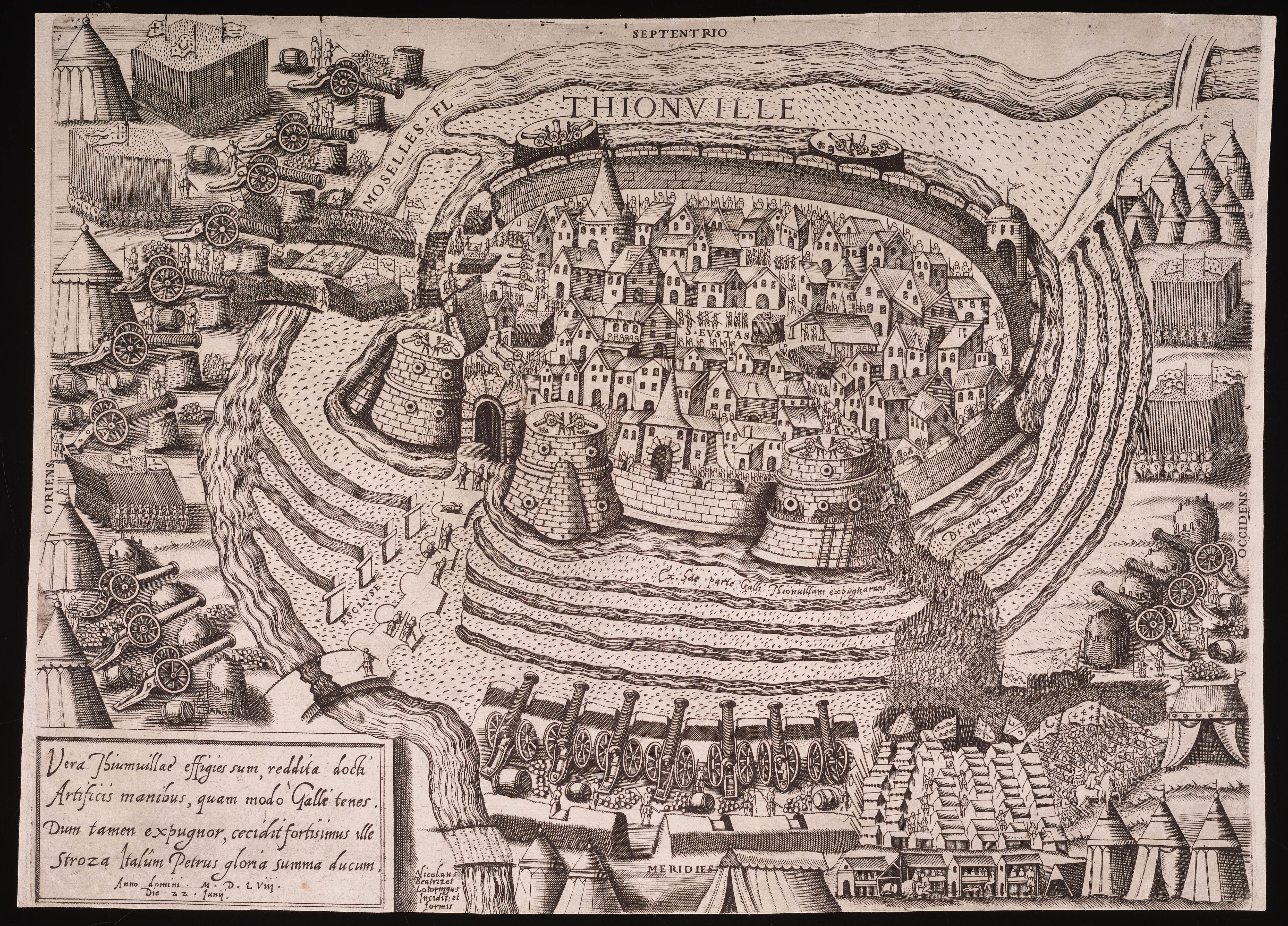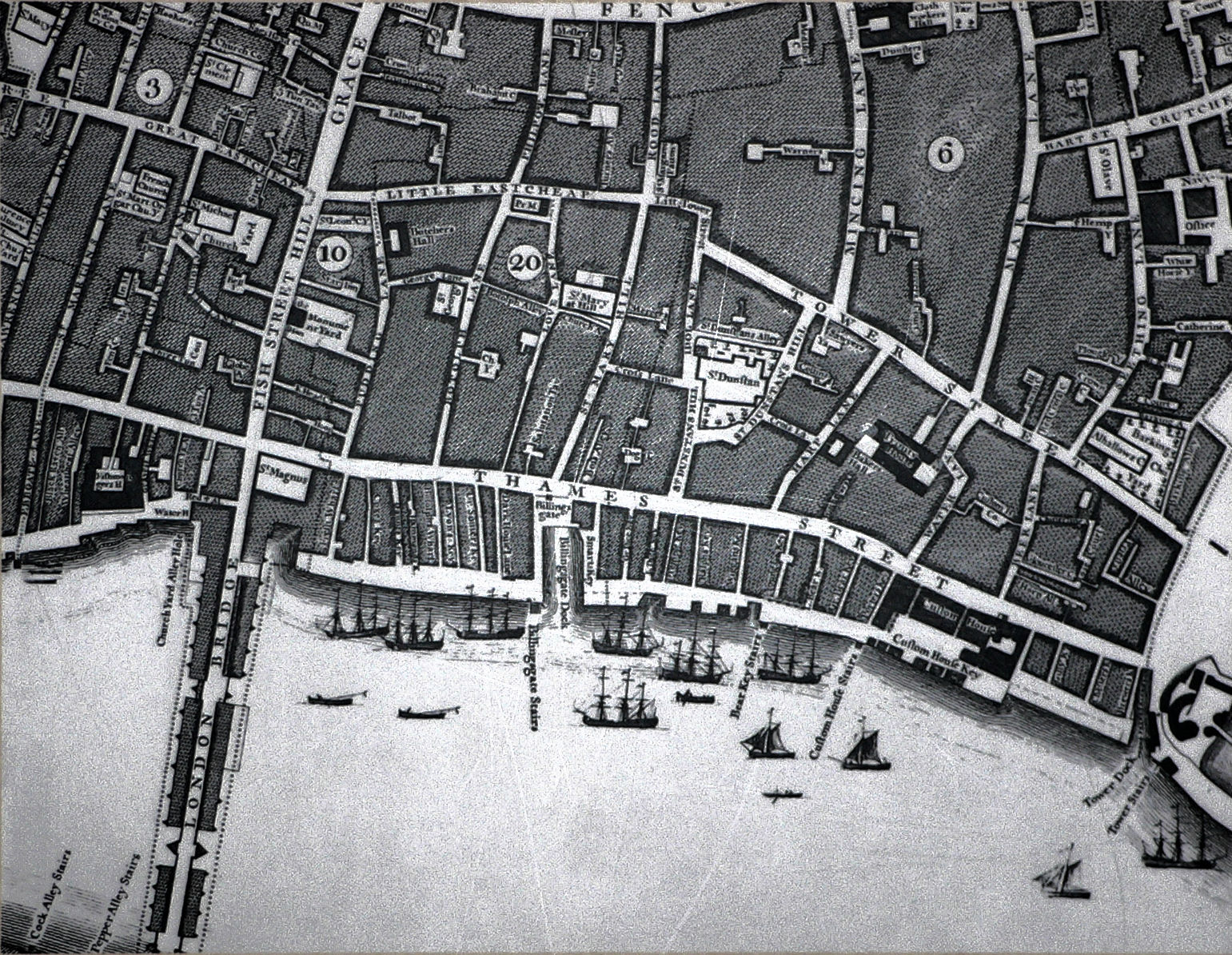|
Tonlieu
In the Middle Ages, the ''teloneum'' (also ''telonium'' or ''toloneum'', from Greek τελώνιον, ''telonion'', toll-house), in French ''tonlieu'', sometimes anglicized thelony, was a market toll, a tax paid on a sale in the marketplace. The term originally referred to the customs house, but came gradually to refer to the tax levied. The collector of the ''teloneum'' was the ''telonearius''. The term ''teloneum'' first appeared in the fifth century. It came to cover numerous more specific tolls, such as the ''portaticum'', ''rotaticum'' and ''pulveraticum''. In the Merovingian period, the ''teloneum'' was a major source of royal revenues. The kings did sometimes give exemptions to abbeys, but rarely to anybody else. The ''teleonarii'' frequently farmed the taxes, often to Jews. A document issued by King Philip I of France around 1090 defined a teloneum as a tax on the ''transitum a vendentibus vel ementibus vel transeuntibus'' (transfer between seller and buyer). Justice It m ... [...More Info...] [...Related Items...] OR: [Wikipedia] [Google] [Baidu] |
Middle Ages
In the history of Europe, the Middle Ages or medieval period lasted approximately from the 5th to the late 15th centuries, similarly to the post-classical period of global history. It began with the fall of the Western Roman Empire and transitioned into the Renaissance and the Age of Discovery. The Middle Ages is the middle period of the three traditional divisions of Western history: classical antiquity, the medieval period, and the modern period. The medieval period is itself subdivided into the Early, High, and Late Middle Ages. Population decline, counterurbanisation, the collapse of centralised authority, invasions, and mass migrations of tribes, which had begun in late antiquity, continued into the Early Middle Ages. The large-scale movements of the Migration Period, including various Germanic peoples, formed new kingdoms in what remained of the Western Roman Empire. In the 7th century, North Africa and the Middle East—once part of the Byzantine Empire� ... [...More Info...] [...Related Items...] OR: [Wikipedia] [Google] [Baidu] |
Customs House
A custom house or customs house was traditionally a building housing the offices for a jurisdictional government whose officials oversaw the functions associated with importing and exporting goods into and out of a country, such as collecting customs (tax), customs duty on imported goods. A custom house was typically located in a seaport or in a city on a major river, with access to an ocean. These cities acted as port of entry, ports of entry into a country. Due to advances in electronic information systems, the increased volume of international trade, and the introduction of air travel, the term "custom house" became a historical anachronism. There are many examples of buildings around the world that were formerly used as custom houses but have since been converted for other uses, such as museums or civic buildings. As examples, the former Alexander Hamilton U.S. Custom House, Alexander Hamilton U.S. Custom House in Manhattan, New York, (now the George Gustav Heye Center) p ... [...More Info...] [...Related Items...] OR: [Wikipedia] [Google] [Baidu] |
Historical Dictionary Of Switzerland
The ''Historical Dictionary of Switzerland'' (Dictionnaire historique de la Suisse; DHS) is an encyclopedia on the history of Switzerland. It aims to present the history of Switzerland in the form of an encyclopaedia, published both on paper and on the internet, in three of the country's national languages: German, French and Italian. When it was completed at the end of 2014, the paper version contained around 36,000 articles divided into thirteen volumes. At the same time, a reduced edition of the dictionary has been published in Romansh language, Romansh under the title ''Lexicon istoric retic'' (LIR), and constitutes the first specialist dictionary in the Rhaeto-Romance languages, Rhaeto-Romance, Switzerland. The encyclopedia is published by a Foundation (charity), foundation under the patronage of the Swiss Academies of Arts and Sciences, Swiss Academy of Humanities and Social Sciences (SAGW/ASSH) and the Swiss Historical Society (SGG-SHH) and is financed by national resear ... [...More Info...] [...Related Items...] OR: [Wikipedia] [Google] [Baidu] |
Merovingian
The Merovingian dynasty () was the ruling family of the Franks from around the middle of the 5th century until Pepin the Short in 751. They first appear as "Kings of the Franks" in the Roman army of northern Gaul. By 509 they had united all the Franks and northern Gallo-Romans under their rule. They conquered most of Gaul, defeating the Visigoths (507) and the Burgundians (534), and also extended their rule into Raetia (537). In Germania, the Alemanni, Bavarii and Saxons accepted their lordship. The Merovingian realm was the largest and most powerful of the states of western Europe following the breakup of the empire of Theodoric the Great. The dynastic name, medieval Latin or ("sons of Merovech"), derives from an unattested Frankish language, Frankish form, akin to the attested Old English , with the final -''ing'' being a typical Germanic languages, Germanic patronymic suffix. The name derives from Salian Franks, Salian King Merovech, who is at the center of many legends. Unl ... [...More Info...] [...Related Items...] OR: [Wikipedia] [Google] [Baidu] |
Farm (revenue Leasing)
Farming or tax-farming is a technique of financial management in which the management of a variable revenue stream is assigned by legal contract to a third party and the holder of the revenue stream receives fixed periodic rents from the contractor. It is most commonly used in public finance, where governments (the lessors) lease or assign the right to collect and retain the whole of the tax revenue to a private financier (the farmer), who is charged with paying fixed sums (sometimes called "rents", but with a different meaning from the common modern term) into the treasury. Farming in this sense has nothing to do with agriculture, other than in a metaphorical sense. Etymology There are two possible origins for ''farm''. Derivation from classical Latin Some sources derive "farm" with its French version ''ferme'', most notably used in the context of the Fermiers Generaux, from the mediaeval Latin ''firma'', meaning "a fixed agreement, contract", ultimately from the class ... [...More Info...] [...Related Items...] OR: [Wikipedia] [Google] [Baidu] |
Henri Pirenne
Henri Pirenne (; 23 December 1862 – 24 October 1935) was a Belgian historian. A medievalist of Walloon descent, he wrote a multivolume history of Belgium in French and became a prominent public intellectual. Pirenne made a lasting contribution to the study of cities that was a controversial interpretation of the end of Roman civilization and the rebirth of medieval urban culture. He also became prominent in the nonviolent resistance to the Germans who occupied Belgium in World War I. Henri Pirenne's reputation today rests on three contributions to European history: for what has become known as the Pirenne Thesis, concerning origins of the Middle Ages in reactive state formation and shifts in trade; for a distinctive view of Belgium's medieval history; and for his model of the development of the medieval city. Pirenne argued that profound social, economic, cultural, and religious movements in the long term resulted from equally profound underlying causes, and this attit ... [...More Info...] [...Related Items...] OR: [Wikipedia] [Google] [Baidu] |
Philip I Of France
Philip I ( – 29 July 1108), called the Amorous (French: ''L’Amoureux''), was King of the Franks from 1060 to 1108. His reign, like that of most of the early Capetians, was extraordinarily long for the time. The monarchy began a modest recovery from the low it had reached during the reign of his father, Henry I, and he added the Vexin region and the viscountcy of Bourges to his royal domaine. Early life Philip was born c. 1052 at Champagne-et-Fontaine, the son of Henry I and his wife Anne of Kiev. Unusual for the time in Western Europe, his name was of Greek origin, being bestowed upon him by his mother. In 1059 Henry I had Philip crowned in Reims at the age of seven. Philip had a brother named Hugh, who was slightly younger than him. Henry also appointed his brother-in-law Baldwin V of Flanders as regent of the kingdom, a role which Baldwin would share with Anne after the death of Henry in 1060. Despite his young age, Philip would rule in his own right, append royal d ... [...More Info...] [...Related Items...] OR: [Wikipedia] [Google] [Baidu] |
Charlemagne
Charlemagne ( ; 2 April 748 – 28 January 814) was List of Frankish kings, King of the Franks from 768, List of kings of the Lombards, King of the Lombards from 774, and Holy Roman Emperor, Emperor of what is now known as the Carolingian Empire from 800, holding these titles until his death in 814. He united most of Western Europe, Western and Central Europe, and was the first recognised emperor to rule from the west after the fall of the Western Roman Empire approximately three centuries earlier. Charlemagne's reign was marked by political and social changes that had lasting influence on Europe throughout the Middle Ages. A member of the Frankish Carolingian dynasty, Charlemagne was the eldest son of Pepin the Short and Bertrada of Laon. With his brother, Carloman I, he became king of the Franks in 768 following Pepin's death and became the sole ruler three years later. Charlemagne continued his father's policy of protecting the papacy and became its chief defender, remo ... [...More Info...] [...Related Items...] OR: [Wikipedia] [Google] [Baidu] |
Capitulary
A capitulary (medieval Latin ) was a series of legislative or Public administration, administrative acts emanating from the Franks, Frankish court of the Merovingian and Carolingian dynasties, especially that of Charlemagne, the first Holy Roman Emperor, emperor of the Romans in the west since the collapse of the Western Roman Empire in the late 5th century. They were so called because they were formally divided into sections called (plural of , a diminutive of meaning "head(ing)": chapters). As soon as the capitulary was composed, it was sent to the various functionaries of the Franks, Frankish Empire, archbishops, bishops, missi dominici and counts, a copy being kept by the chancellor in the archives of the palace. The last emperor to draw up capitularies was Lambert of Italy, in 898. Preservation and study At the present day not a single capitulary survives in its original form; but very frequently copies of these isolated capitularies were included in various scattered manusc ... [...More Info...] [...Related Items...] OR: [Wikipedia] [Google] [Baidu] |
Aix-la-Chapelle
Aachen is the 13th-largest city in North Rhine-Westphalia and the 27th-largest city of Germany, with around 261,000 inhabitants. Aachen is located at the northern foothills of the High Fens and the Eifel Mountains. It sits on the Wurm River, a tributary of the Rur, and together with Mönchengladbach, it is the only larger German city in the drainage basin of the Meuse. It is the westernmost larger city in Germany, lying approximately west of Cologne and Bonn, directly bordering Belgium in the southwest, and the Netherlands in the northwest. The city lies in the Meuse–Rhine Euroregion and is the seat of the district of Aachen ''(Städteregion Aachen)''. The once Celtic settlement was equipped with several in the course of colonization by Roman pioneers settling at the warm Aachen thermal springs around the 1st century. After the withdrawal of the Roman troops, the vicus ''Aquae Granni'' was Frankized around the 5th century. This was followed by a period of sedentis ... [...More Info...] [...Related Items...] OR: [Wikipedia] [Google] [Baidu] |
Thionville
Thionville (; ; ) is a city in the northeastern French Departments of France, department of Moselle (department), Moselle. The city is located on the left bank of the river Moselle (river), Moselle, opposite its suburb Yutz. History Thionville was settled as early as the time of the Merovingian dynasty, Merovingians. After the fall of the Western Roman Empire, the region was inhabited by the Germanic Alamanni. It was known in the Medieval Latin, Latin of that era as ''Theudonevilla'' or ''Totonisvilla''. King Pepin the Short had a Kaiserpfalz, royal palace constructed here. The Synod of Thionville was held here beginning on 2 February 835. It reinstated Emperor Louis the Pious and reversed his former conviction on crimes — none of which he actually committed — and deposed the Archbishop of Rheims, Ebbo. The Synod was composed of 43 bishops. On 28 February 835, in Mainz, Ebbo admitted that Louis had not committed the crimes of which he had been indicted and for w ... [...More Info...] [...Related Items...] OR: [Wikipedia] [Google] [Baidu] |
Billingsgate
Billingsgate is one of the 25 Wards of the City of London. This small City Ward is situated on the north bank of the River Thames between London Bridge and Tower Bridge in the south-east of the Square Mile. The modern Ward extends south to the Thames, west to Lovat Lane and Rood Lane, north to Fenchurch Street and Dunster Court, and east to Mark Lane and St Dunstan's Hill. History Legendary origin Billingsgate's most ancient historical reference is as a water gate to the city of Trinovantum (the name given to London in medieval British legend), as mentioned in the ''Historia Regum Britanniae'' (Eng: ''History of the Kings of Britain'') written 1136 by Geoffrey of Monmouth. This work describes how Belinus, a legendary king of Britain said to have held the throne from about 390 BC, erected London's first fortified water gate: Historical origin Originally known as ''Blynesgate'' and ''Byllynsgate'', its name apparently derives from its origins as a water gate on the Tha ... [...More Info...] [...Related Items...] OR: [Wikipedia] [Google] [Baidu] |








